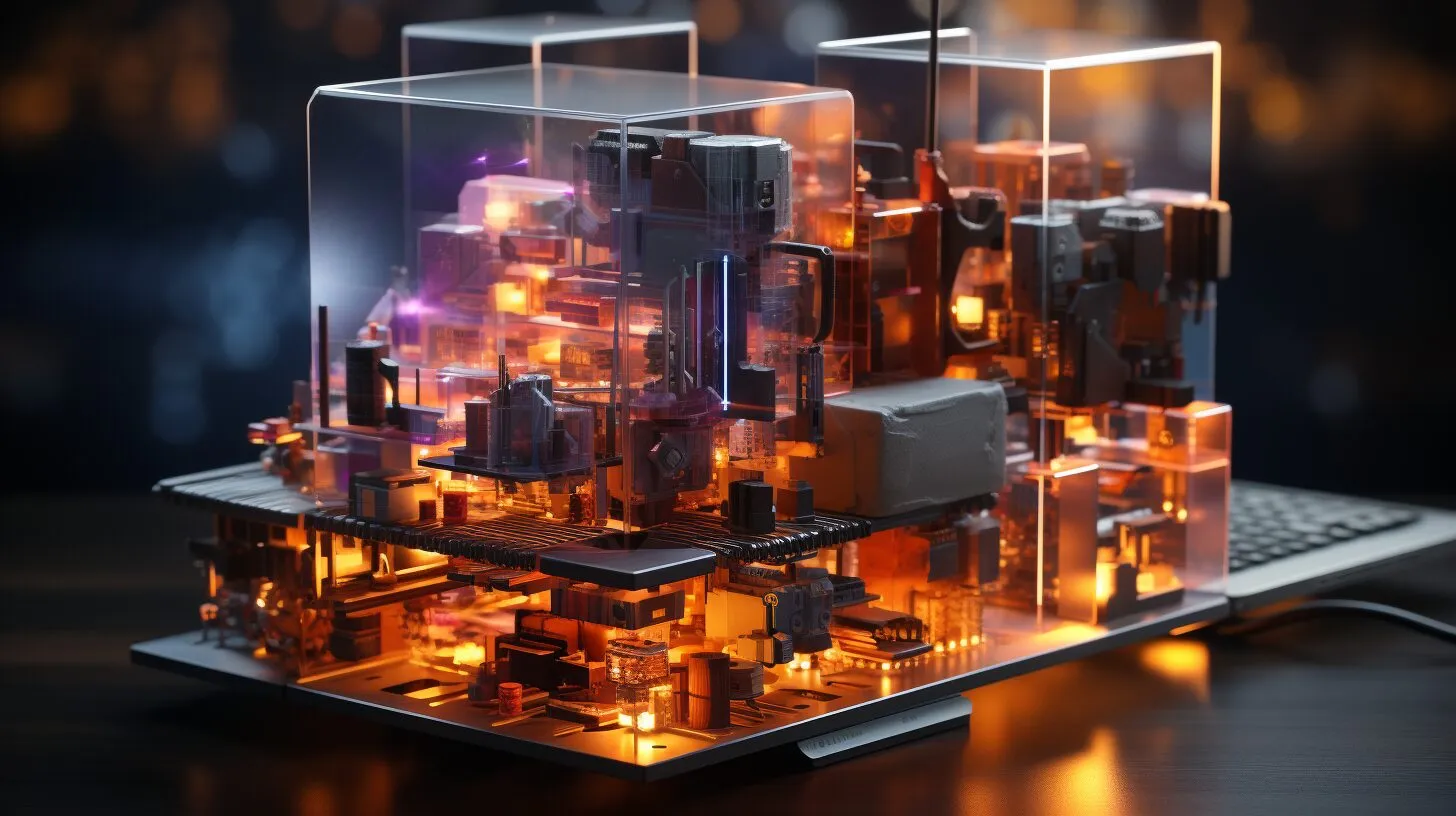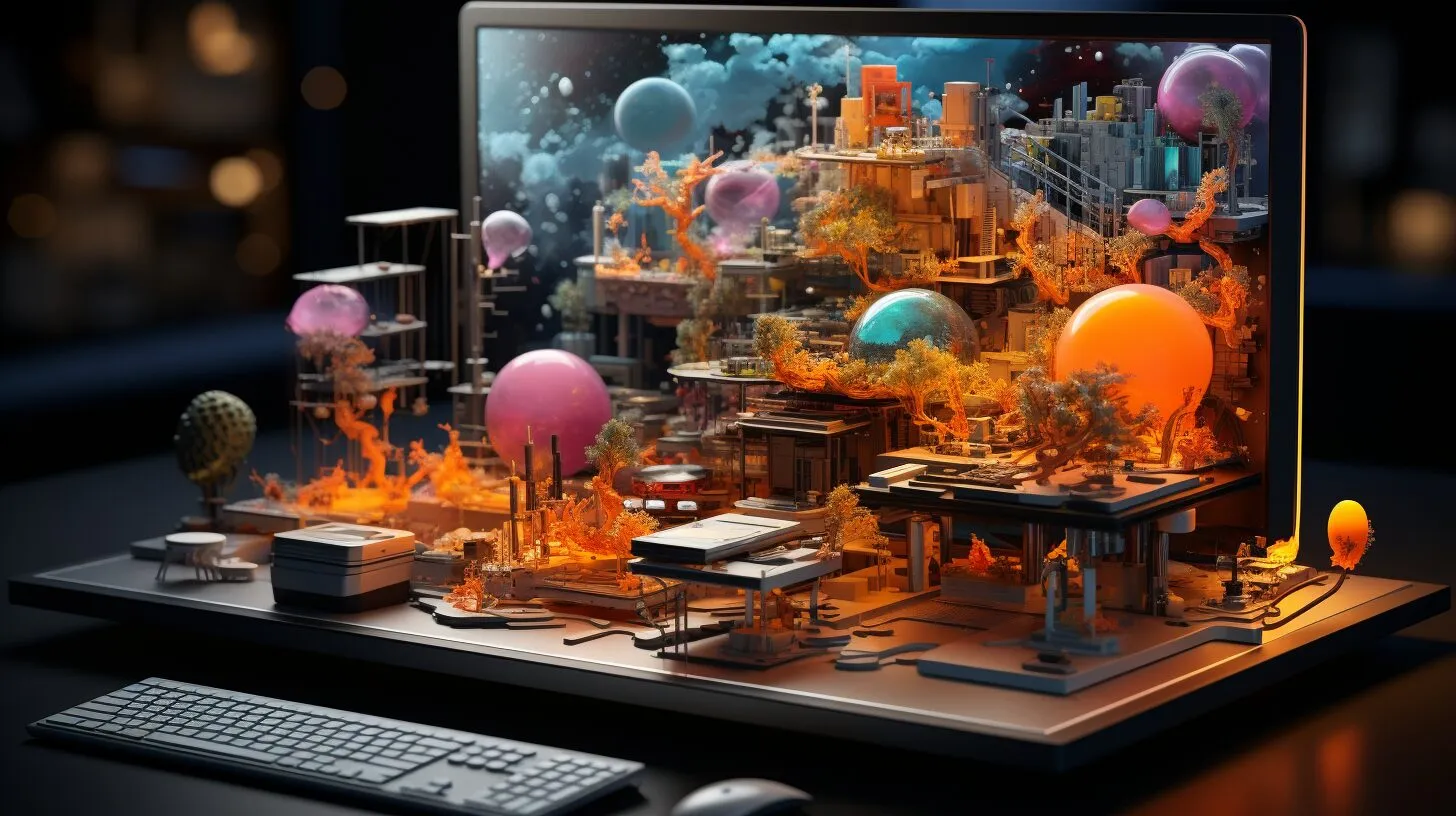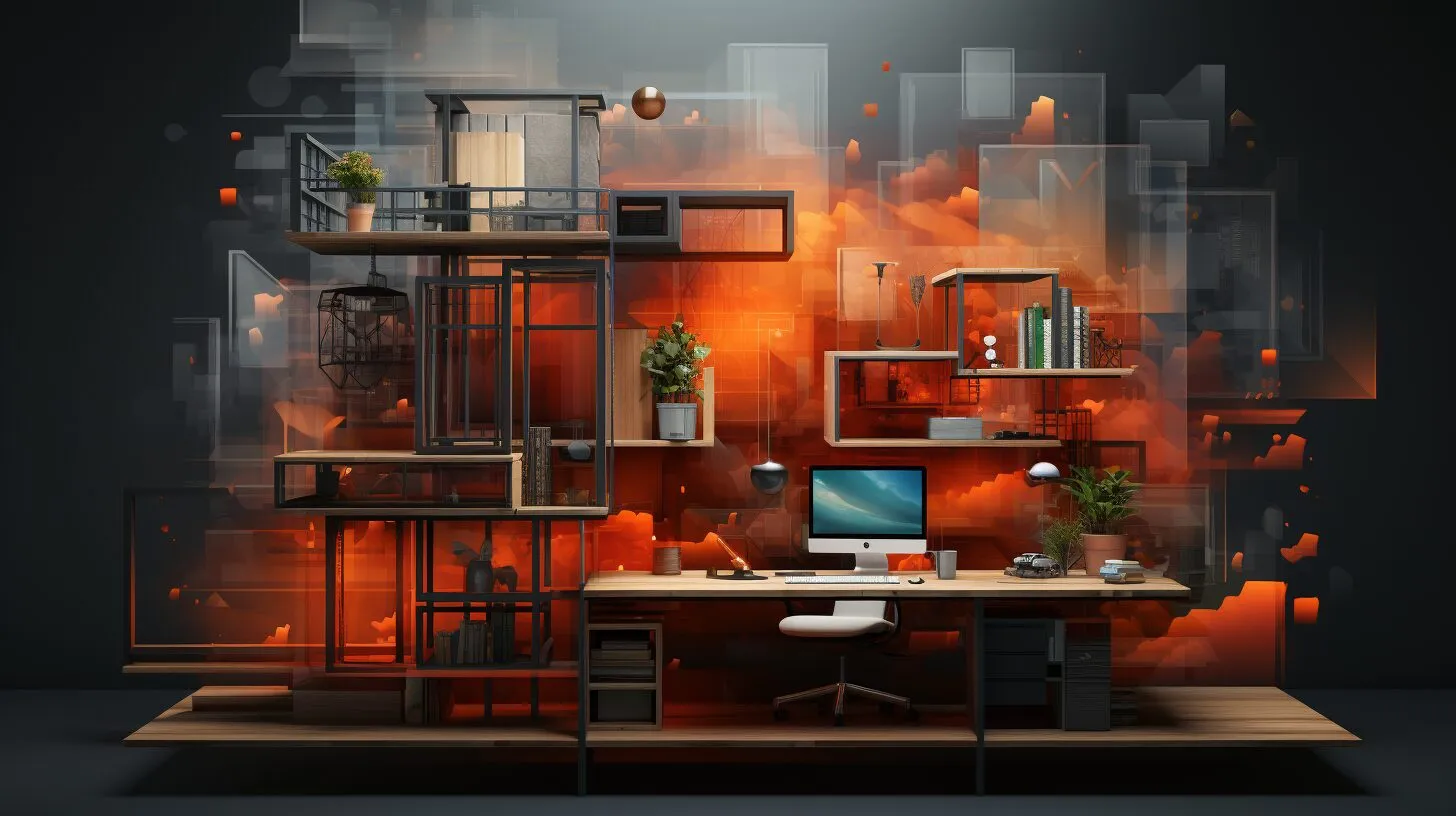Just as a sculptor unveils hidden forms within marble, you are on the journey to uncover the latent possibilities of your 2D images and bring them to life as vibrant 3D creations with Adobe Photoshop. Achieving proficiency in this software can radically alter your design methodology.
With clear instruction, you’ll manipulate space with the confidence of an artist, adding a new dimension to your skill set. The journey through Photoshop’s 3D capabilities is as rewarding as the stunning visuals you’re about to create.
Introduction to Creating 3D Images in Photoshop

Understanding Photoshop’s 3D capabilities is essential when you aim to transform flat images into dynamic, multi-dimensional visuals. Create 3D objects that pop out of the screen, adding depth and realism to your designs.
The 3D layer in Photoshop is your canvas for sculptural artistry, allowing you to manipulate images in a space that feels limitless. A step-by-step tutorial will guide you from the creation of a 3D layer to the final, stunning 3D effect.
Imagine the potential of 3D text in your designs, not just for aesthetics but for impact and presence. A simple phrase can become a bold statement with the 3D treatment.
Step-by-Step Guide to Creating a 3D Effect in Photoshop

Transform a flat 2D image into a striking 3D masterpiece using Photoshop. Here’s how you can create an outstanding 3D effect:
- Select a Suitable 2D Image: Choose an image with a clear separation of elements for the anaglyph effect.
- Create a 3D Object in Photoshop: Use the ‘3D’ menu to convert your image or design into a 3D model.
- Adjust the 3D Model Settings: Experiment with extrusion depth, cap, and bevel settings for the desired shape.
- Implement Special Effects: Enhance your 3D object with lighting, shadows, and layer styles for more depth and realism.
Advanced Techniques with 3D in Photoshop

Delve into advanced techniques to elevate your 3D projects. The 3D panel is your command center for managing properties of 3D layers, including intricate adjustments to lighting, scene, and object settings.
Use advanced blending options for more realistic textures and surfaces. The ground plane is crucial for establishing depth and perspective, providing a reference for shadows and reflections.
Here’s a quick reference table for navigating advanced 3D tools and features:
| Feature | Function | Where to Find |
|---|---|---|
| 3D Extrusion | Converts 2D elements into 3D objects | 3D Panel > 3D Extrusion |
| Ground Plane | Simulates a floor for 3D objects | Properties Panel > 3D Scene |
| Advanced Blending | Blends textures for realistic effects | Layer Styles > Blending Options |
| 3D Tools | Manipulate 3D models | Toolbar > 3D Tools |
| Lighting & Shadows | Adjust scene lighting | 3D Panel > 3D Lights |
Mastering the 3D Workspace and Tools in Photoshop

Explore the 3D workspace and learn how the Move Tool can transform your scene composition. Manipulate and enhance your creations with depth and realism.
- 3D Panel: Manage your 3D objects and scenes.
- Move Tool: Reposition, scale, and rotate 3D elements.
- Ground Plane: Anchor objects realistically.
- 3D File Support: Work with a variety of 3D file formats.
Troubleshooting and Tips for 3D Image Creation in Photoshop

Face challenges head-on with practical tips. Ensure your background layer is set correctly, and use the layer style dialog box for advanced control. Sometimes, adjusting the green and blue channels can sharpen the 3D effect.
Can I Use Adobe Photoshop to Create a 3D Effect for Images in my CSS Techniques?
Yes, you can use Adobe Photoshop to create a 3D effect for images in your CSS techniques. By using the zoom image hover effect in Photoshop, you can manipulate the image to create a sense of depth and dimension, which can be then integrated seamlessly into your CSS designs.
Conclusion
You’ve mastered the art of 3D in Photoshop, transforming flat designs into dynamic art. Practice experimenting with angles, lighting, and textures.
Revisit these tips for troubleshooting. Unleash your creativity, and your portfolio will soon boast stunning 3D masterpieces.
Now, go make your images pop in ways you’ve only imagined!
Frequently Asked Questions
How Do You Make a 3D Effect Image in Photoshop?
Start by duplicating layers and offsetting them slightly. Apply shadows and highlights for depth and experiment with filters and adjustment layers.
How Do You Make a 3D Model in Photoshop?
Convert a layer into a 3D object and adjust its shape and perspective. Merge layers to enhance model realism.
How do I create 3D objects in the tutorial for Adobe Photoshop?
Creating 3D objects in Adobe Photoshop involves working with the ‘3D’ features in Photoshop. Choose ‘3D’ from the menu, then select ‘New 3D Layer from file’ option. This will open a dialog box where you can import a 3D file. After you import the file, Photoshop will place the 3D object on the ground plane in the 3D space.
What is the process of making 3D images in Photoshop with anaglyph effects?
For a 3D anaglyph effect, you need to start with two images, one left view and one right view. Then, follow the steps on creating a 3D layer out of each, and then modify the blending options of each layer, turning off certain color channels (i.e., green and blue for one layer and red for the other) to create the characteristic tint seen in 3D glasses.
How do I make a 3D text in Adobe Photoshop CC?
To create 3D text in Adobe Photoshop CC, start by typing your text in a new layer. Then, go to ‘3D’ on the menu bar and select ‘New 3D Extrusion from Selected Layer’. You can then work in the 3D workspace to adjust depth, shape, and other settings to make the text appear in 3D.
